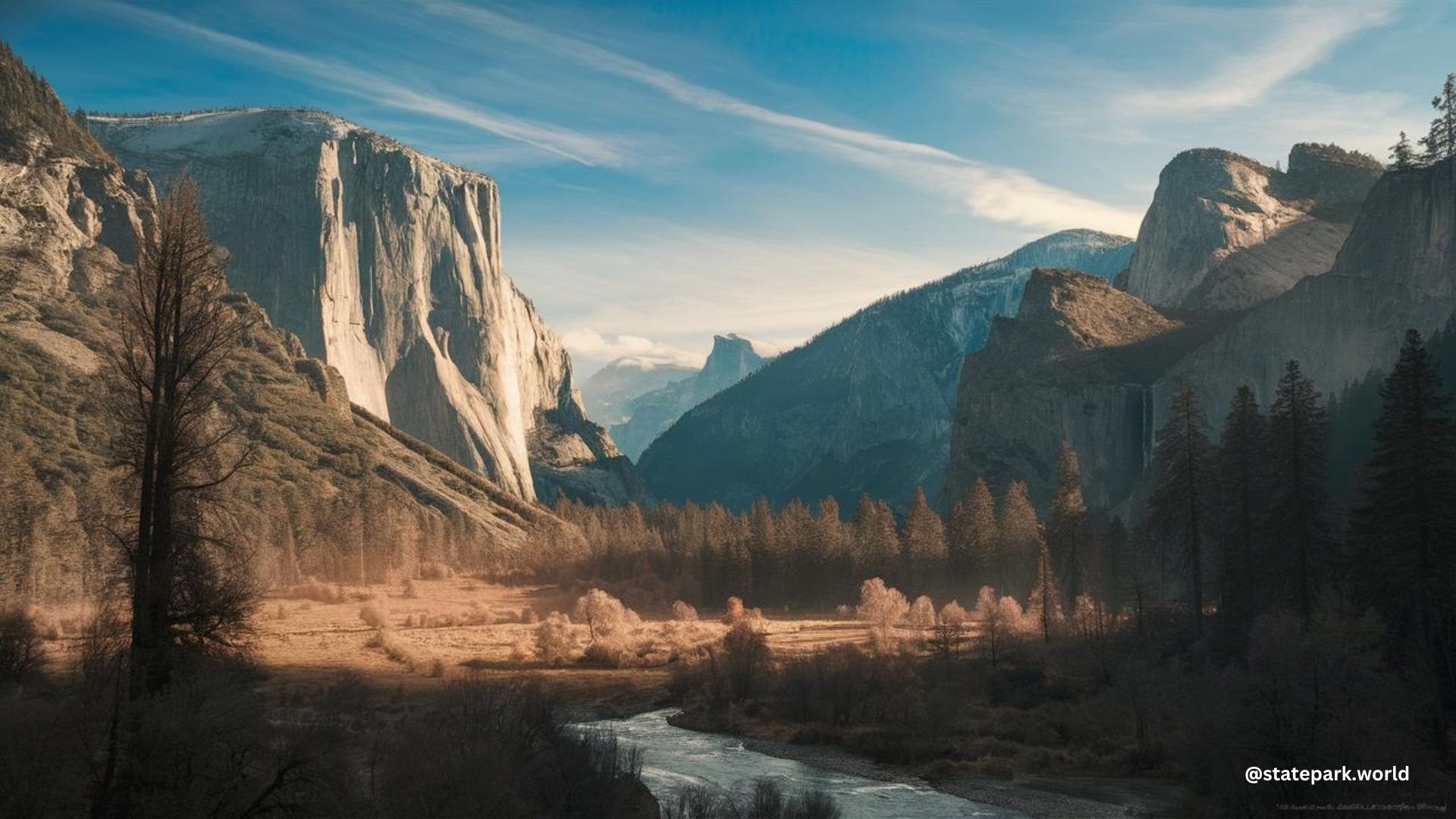No, Yosemite is not a National Forest, but rather a National Park. Yosemite National Park is a renowned natural wonder located in the Sierra Nevada mountains of California, known for its stunning granite cliffs, cascading waterfalls, ancient sequoia trees, and diverse wildlife. While Yosemite is surrounded by national forests, it is a distinct and separately managed federal land unit under the jurisdiction of the National Park Service.
Understanding the Difference Between National Parks and National Forests
National parks and national forests are both federally managed public lands, but they have distinct purposes and management approaches. National parks are designated to preserve the natural beauty, wildlife, and cultural resources of an area, with a focus on conservation and recreation. In contrast, national forests are managed for a variety of uses, including timber production, mining, grazing, and recreation, in addition to conservation.
Key Differences Between National Parks and National Forests
-
Purpose: National parks are primarily focused on preserving the natural environment and providing recreational opportunities, while national forests have a broader mandate that includes resource extraction and management.
-
Management: National parks are managed by the National Park Service, a bureau of the U.S. Department of the Interior, while national forests are managed by the U.S. Forest Service, a division of the U.S. Department of Agriculture.
-
Regulations: National parks have stricter regulations and restrictions on activities like hunting, logging, and mining, compared to national forests, which allow for a wider range of commercial and recreational uses.
-
Visitor Experience: National parks often have more developed infrastructure, such as visitor centers, campgrounds, and interpretive programs, to enhance the visitor experience, while national forests may have a more rugged, wilderness-like atmosphere.
The Unique Features of Yosemite National Park

Yosemite National Park is renowned for its exceptional natural beauty and geological features. Some of the park’s most iconic and well-known attractions include:
-
Granite Cliffs: Yosemite is home to some of the world’s most impressive granite cliffs, including the famous El Capitan, a 3,000-foot (914-meter) vertical rock formation that is a mecca for rock climbers.
-
Waterfalls: The park boasts numerous breathtaking waterfalls, including the tallest waterfall in North America, Yosemite Falls, which drops 2,425 feet (739 meters) in multiple cascades.
-
Giant Sequoia Trees: Yosemite is home to several groves of ancient, towering giant sequoia trees, some of the largest living organisms on Earth.
-
Diverse Ecosystems: The park encompasses a wide range of ecosystems, from high-altitude alpine environments to lush, temperate forests, supporting a rich diversity of plant and animal life.
-
Glacial Landscapes: Yosemite’s landscape was shaped by glacial activity, resulting in dramatic features like U-shaped valleys, cirque lakes, and glacial polish on the park’s granite surfaces.
The History and Significance of Yosemite National Park
Yosemite’s history as a protected natural area dates back to the 19th century. In 1864, President Abraham Lincoln signed the Yosemite Grant, which set aside Yosemite Valley and the Mariposa Grove of giant sequoias as a protected state park, the first time the federal government had taken such action to preserve a natural landscape.
In 1890, the U.S. Congress established Yosemite National Park, largely due to the efforts of naturalist John Muir, who advocated for the park’s protection and helped popularize the idea of national parks as a means of preserving America’s natural wonders for public enjoyment and education.
Yosemite’s designation as a national park was a pivotal moment in the development of the national park system, which now includes 63 parks across the United States. The park’s stunning landscapes, diverse ecosystems, and rich cultural history have made it a beloved destination for millions of visitors each year, and a symbol of the country’s commitment to conservation and outdoor recreation.
Visiting Yosemite National Park
Yosemite National Park is open year-round, although some areas and facilities may have limited access or be closed during the winter months. Visitors can enjoy a wide range of activities, including hiking, rock climbing, camping, wildlife viewing, and scenic drives.
The park has several visitor centers, campgrounds, and lodging options, as well as a network of hiking trails that provide access to the park’s most iconic landmarks and natural features. Visitors should be prepared for the park’s high elevation and variable weather conditions, and follow all safety guidelines and regulations to ensure a safe and enjoyable experience.
Conclusion
In summary, Yosemite is a National Park, not a National Forest. While it is surrounded by national forests, Yosemite is a distinct and separately managed federal land unit under the jurisdiction of the National Park Service, known for its exceptional natural beauty, geological features, and rich cultural history. Visiting Yosemite offers a unique opportunity to experience the grandeur of the American West and the country’s commitment to preserving its natural wonders for generations to come.
References:
– National Park Service – Yosemite National Park
– Britannica – Yosemite National Park
– National Parks.org – Yosemite National Park
– Wikipedia – Yosemite National Park
